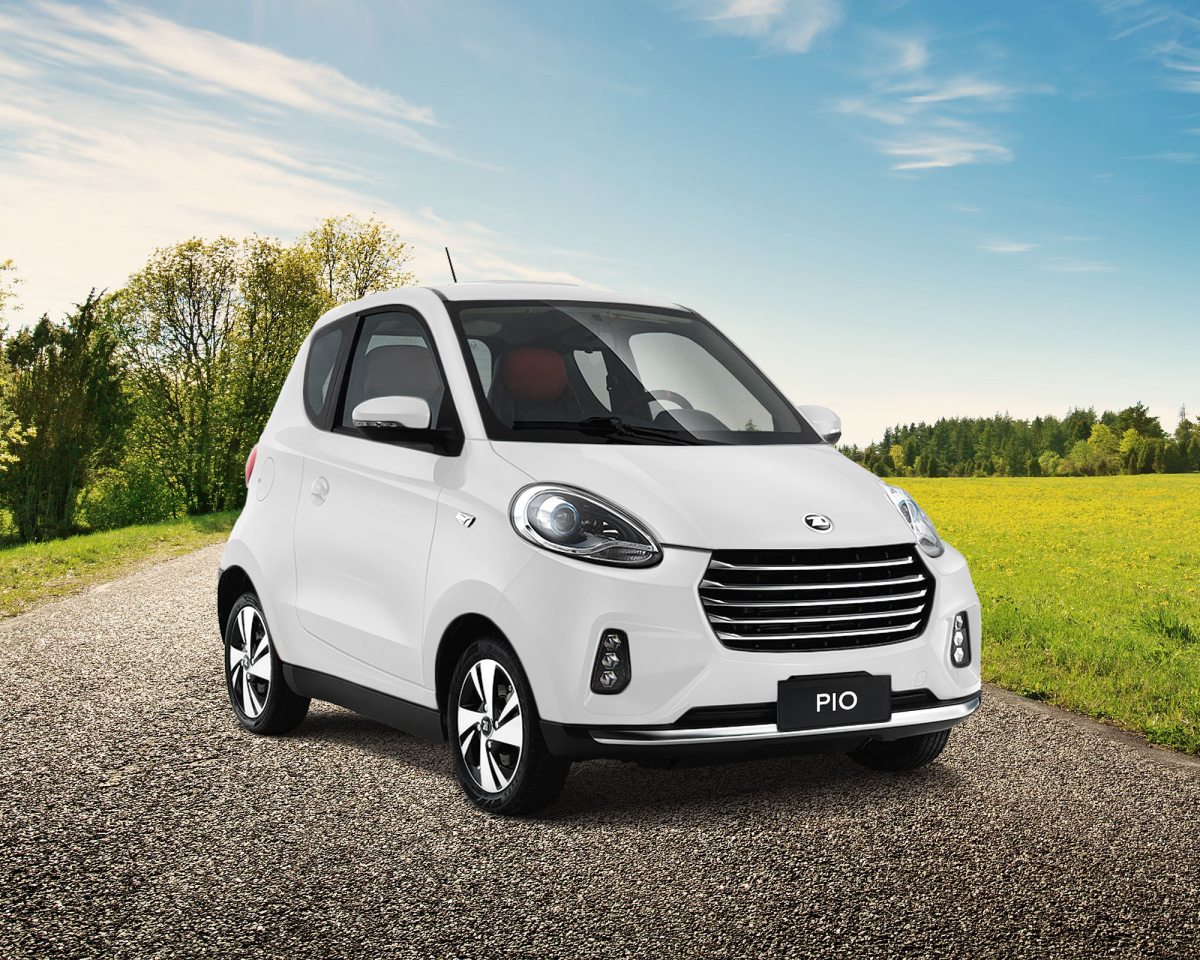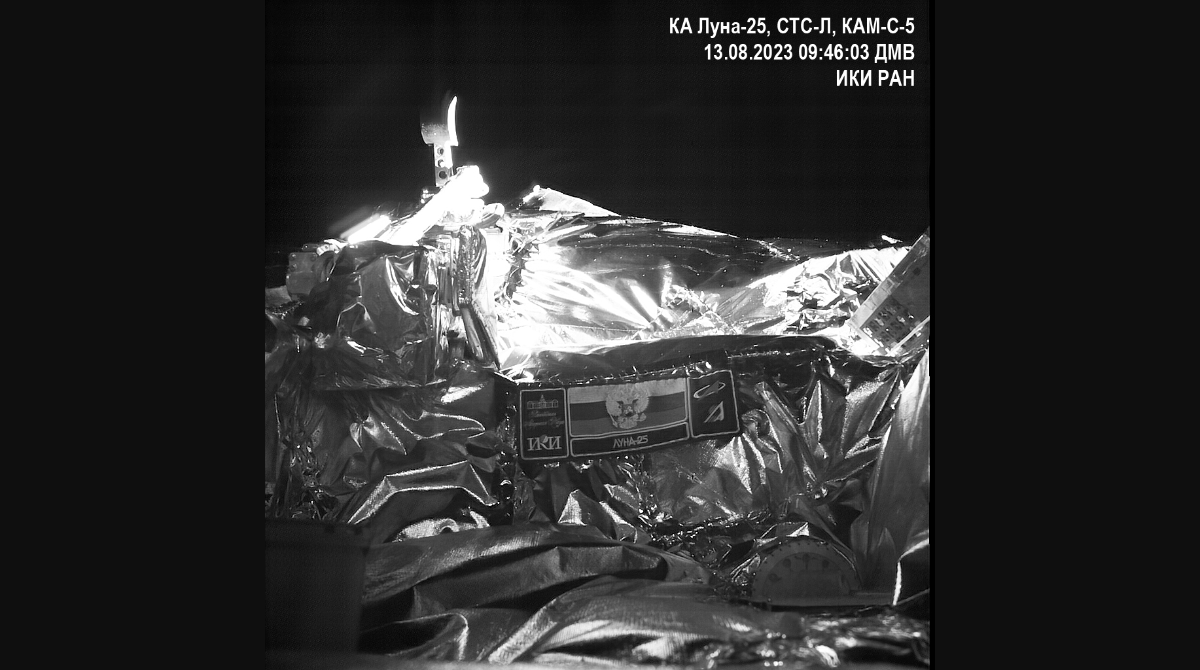This highway charges e-cars while driving
After Baden-Württemberg, Bavaria has now also presented a charging street for electric cars. A motorway should charge vehicles through inductive charging while driving.
The electrification of road traffic is progressing. The proportion of electric vehicles is increasing, but our environmental goals are forcing us to rethink mobility. After all, how are all those new batteries supposed to be charged? More and more states are asking themselves this question.
While Baden-Württemberg is already equipping a federal highway with magnetic coils for the state horticultural show, Bavaria is going one step further. In cooperation with the Friedrich-Alexander University in Erlangen-Nuremberg, the state integrates electrical hauntings a stretch of highway. E-cars can be charged in the most awkward way.
Loading road is built on the Autobahn in Bavaria
Meanwhile, the technology comes from the Israeli company Electreon and enables an output of up to 70 kilowatts. To do this, a special vehicle rolls over the motorway, tears up the top layer of the road and lays the coils and a new layer of asphalt. Long closures of the motorway should be avoided as far as possible on this route.
The process works the same as charging a smartphone wirelessly. The coil in the floor generates a magnetic field and transmits this to the vehicle driving above. As of today, this system works best on asphalt paved roads. But that could change in the foreseeable future.
Science is researching its use in concrete roads
Because one problem is that not every road is based on asphalt. In Germany, large parts of the road infrastructure are made of concrete and are therefore out of the question for the technology. The Rheinisch-Westfälische Technische Hochschule is therefore concerned with the extent to which coils can also be laid here.
The technology promises a lot of potential. At least projects in Sweden, Karlsruhe, northern Italy and Baden-Württemberg underpin this. The Bavarian test track is scheduled to go into operation around mid-2025. It is not yet clear where the piece is located. However, roads with a charging infrastructure could make electromobility more attractive.
Also interesting:


